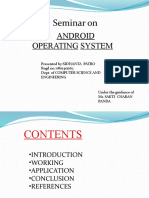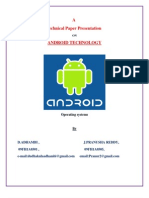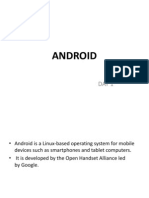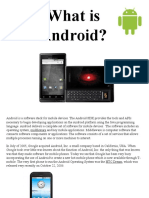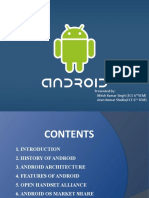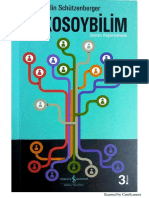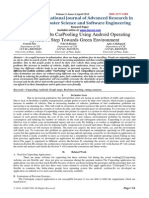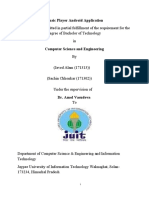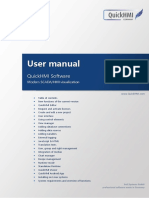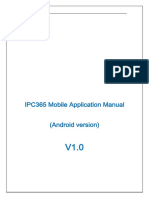0% found this document useful (0 votes)
94 views29 pagesMohammad Ali Jauhar University: A Seminar On
The document summarizes a seminar presentation on the Android operating system. It provides an introduction to Android, describing its origins at Android Inc. and acquisition by Google. It outlines the Open Handset Alliance collaboration and covers key Android features, versions, architecture including the Linux kernel and Java libraries, and the application development process. Comparisons are made to other mobile operating systems and some Android limitations are noted before concluding.
Uploaded by
AhmadCopyright
© © All Rights Reserved
We take content rights seriously. If you suspect this is your content, claim it here.
Available Formats
Download as PDF, TXT or read online on Scribd
0% found this document useful (0 votes)
94 views29 pagesMohammad Ali Jauhar University: A Seminar On
The document summarizes a seminar presentation on the Android operating system. It provides an introduction to Android, describing its origins at Android Inc. and acquisition by Google. It outlines the Open Handset Alliance collaboration and covers key Android features, versions, architecture including the Linux kernel and Java libraries, and the application development process. Comparisons are made to other mobile operating systems and some Android limitations are noted before concluding.
Uploaded by
AhmadCopyright
© © All Rights Reserved
We take content rights seriously. If you suspect this is your content, claim it here.
Available Formats
Download as PDF, TXT or read online on Scribd
/ 29









